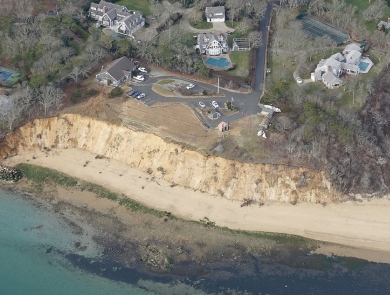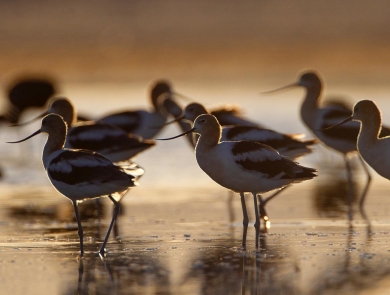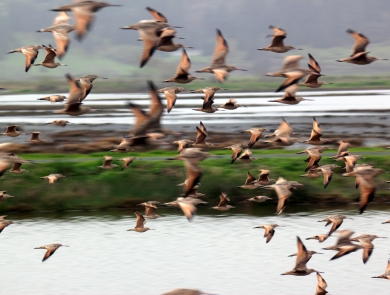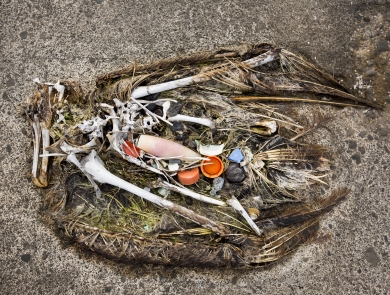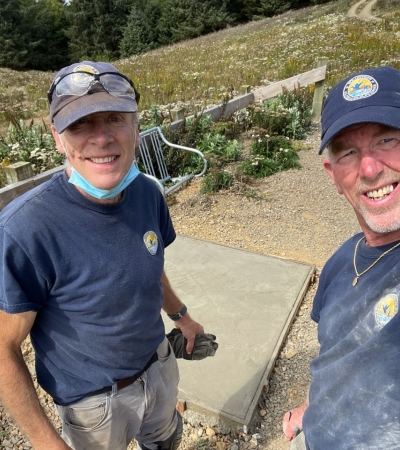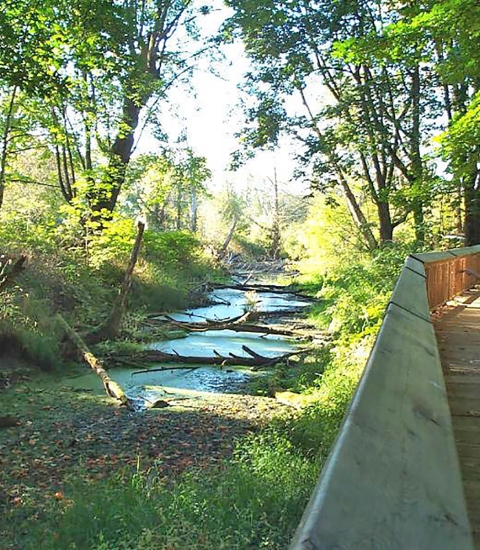Facility
Location
Milepost 32, Hwy 93
Alamo, NV 89001
United States
Volunteer Position Overview
About This Position
Volunteers needed for the following 3 or 4 month commitment: December – February 2025, March - May 2025
Share your love of wildlife and National Wildlife Refuges. Join us as a maintenance volunteer at Pahranagat National Wildlife Refuge.
Pahranagat National Wildlife Refuge is located in Alamo, Nevada, about a 90-minute drive north of Las Vegas. Established in 1963, the 5,382 acre refuge provides healthy wetland, riparian, meadow, and desert habitats for migratory birds, especially ducks, geese, and swans. To learn more about the refuge go to www.fws.gov/refuge/pahranagat (https://www.fws.gov/refuge/pahranagat) or watch a short film about the refuge https://vimeo.com/87545027 (https://vimeo.com/87545027).
As a maintenance volunteer you assist refuge staff with critical tasks to maintain the refuge and conserve wildlife habitat. Tasks may include:
- General property maintenance to include custodial upkeep of refuge buildings, restrooms, and grounds.
- Trail and grounds maintenance: trimming trees and bushes, mowing grass, planting native vegetation
- Construction/maintenance of various fences.
- Repair/replacement/installation of directional, informational and interpretive signs.
- May also be involved in field projects such as sign installation, kiosk staining or small construction or rehabilitation projects.
- If qualified, perform preventative maintenance checks on automotive and heavy equipment, parts and wiring inspection and replacement, complete routine maintenance.
- Tasks may also involve metal work, cutting and welding.
- Special projects, as assigned, including but not limited to stream restoration, re‐vegetation projects, maintain/clean irrigation ditches and building up road base.
- May perform a variety of other duties.
RV or motor home utility hook-ups for electric, water, and sewage are available. Propane is also provided. The commitment requires at least 24 hours/week per resident. When applying, please provide contact information for three references. Two references should be professional. If applying as couple, please provide both applicant names.
Duties/Activities
Stories About Volunteering
Other Ways to Work with Us
Are you looking for something different than a volunteer opportunity? The Fish and Wildlife Service employs around 9,000 people nationwide and offers great internship opportunities every year.
